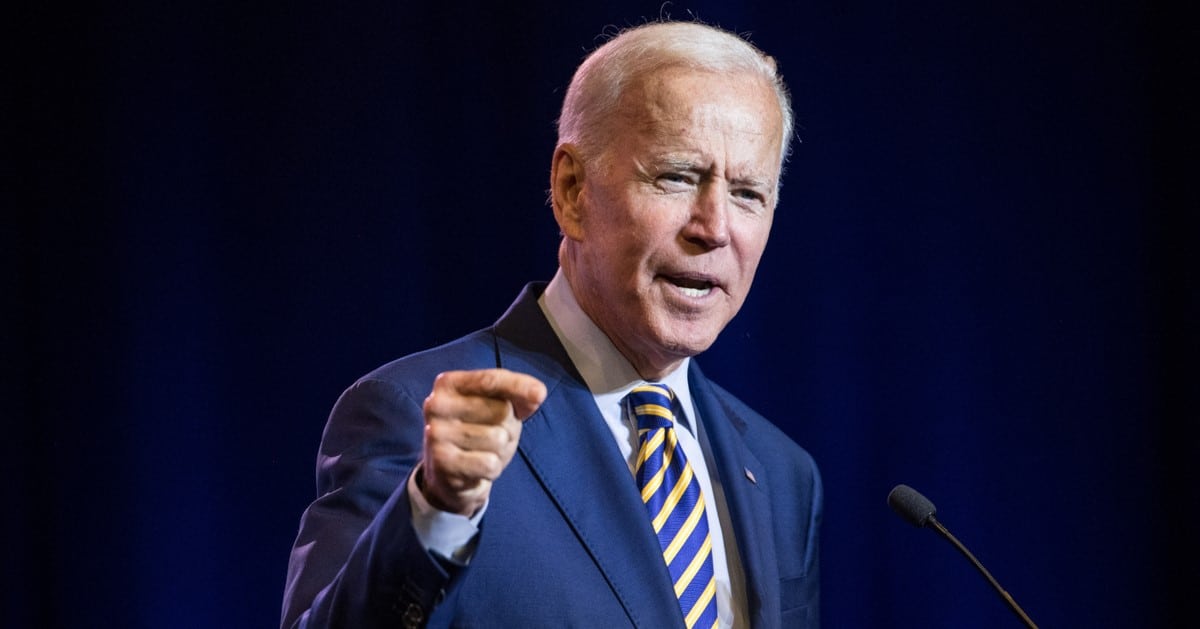




In a strategic move on July 7, the U.S. Central Command successfully conducted a drone strike in Eastern Syria, eliminating Usamah al-Muhajir, a significant leader within ISIS. This operation underscores ongoing U.S. commitments to counter ISIS resurgence.
Reuters reported that the operation targeted Eastern Syria on July 7 led to the death of ISIS leader Usamah al-Muhajir as part of broader U.S. military efforts.
This recent action falls within a series of U.S. operations aimed at dismantling the remnants of ISIS's leadership network, following the group's loss of territorial control.
The operation on July 7th involved the precise use of MQ-9 drones, which had been engaged in a tense standoff with Russian aircraft just hours before the strike. These drones played a crucial role in the successful execution of the mission against the ISIS leader.
Despite significant harassment by Russian military forces, the MQ-9 drones carried out their mission, which highlights the challenging operational environment in Syria. The drones' engagement demonstrates the complexities and dangers faced by U.S. forces operating in contested areas.
The demise of Usamah al-Muhajir is part of the broader U.S.-led campaign to target key ISIS figures.
This strategy follows the death of Abu Bakr al Baghdadi, the self-proclaimed "caliph of all Muslims," who led ISIS during its peak.
Baghdadi's death marked a significant milestone in the fight against ISIS, prompting continued U.S. efforts to prevent the group's resurgence. The current operations aim to target those leaders who are believed to have been planning attacks beyond the region.
Although ISIS has been significantly weakened since losing territorial control, the threat posed by the group remains considerable. U.S. military commanders continue to view ISIS as a significant threat in the region, capable of instigating or inspiring attacks.
The ongoing efforts by the U.S. to target ISIS leadership are critical in preventing the group from re-establishing a coherent operational network.
This is particularly important as the group attempts to reassert itself through smaller, yet potentially lethal, insurgent attacks.
At its height in 2014, ISIS controlled one-third of Iraq and Syria, declaring a caliphate and imposing its harsh interpretation of Islamic law. The group's rapid expansion posed a significant challenge to regional stability and global security.
However, a concerted military campaign by a U.S.-led coalition has significantly diminished ISIS's capabilities. Despite this, the group continues to conduct insurgent attacks in the region, demonstrating its persistent, albeit reduced, threat level.
The U.S. continues to demonstrate its commitment to the eradication of ISIS through targeted military operations.
The successful strike against Usamah al-Muhajir is part of a continued effort to destabilize ISIS's leadership hierarchy and mitigate the group's ability to coordinate complex attacks.
While the threat from ISIS persists, the U.S. and its allies remain vigilant and prepared to conduct further operations as necessary to ensure regional stability and security.


